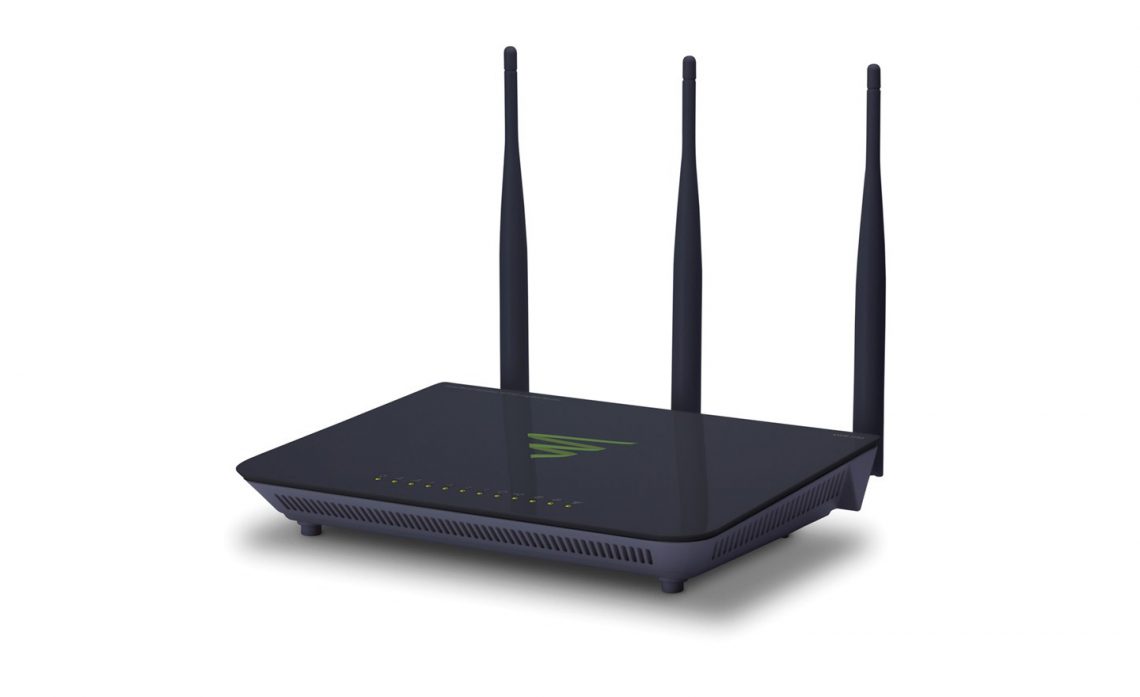A stable home network is more important than ever. As more devices are able to connect to the network, the better the infrastructure the less hassle for the homeowner. We have all experienced losing the connection to the network or even having the network go down leaving us stranded in our homes. The wireless network is the invisible backbone of the homes that we live in today.
Here is a brief description of how this all works. e signal comes into your home from your ISP (Internet Service Provider) being transmitted over Cat5e, Cat6e wiring or coax cable. Once the signal gets into your home it is connected to the modem. From there the signal goes into a wireless router, which is broadcasted wirelessly (Wi-Fi) throughout the home.
A single, stable home network can provide a simple connection and internet access for all of the residents. You do not want to have multiple networks in the same home. Many of the devices that are connected to the network can only be connected to one network at a time. If you have multiple networks throughout the house you are going to have issues with your devices. For example, if you have a thermostat that is network enabled; you would set up the thermostat on one of the networks but would not be able to access the thermostat from the other network.
Depending on the type of construction used to build your home, there are many factors that have a negative impact on the range of your wireless network. Concrete and steel are stronger barriers than traditional wood framing and drywall homes. Depending on the size of your home you might be able to use a single wireless router. If the wireless router can be centrally located in the home it will provide the best coverage.
If the home is larger, more than 2500 square feet, you may need to install WAPs (wireless access points). ese are hardwired with category cable back to the router or a switch that is connected to the router. WAPs extend the coverage geographically of your wireless network. WAPs are also made in an outdoor application for large backyards. If there is a dead spot in the home the addition of a WAP in that area will x that problem.
There are consumer grade and commercial grade network products. The commercial grade products tend to have a much higher output for better range and longer warranties. With proper design and installation, a stable network can truly simplify your life.




